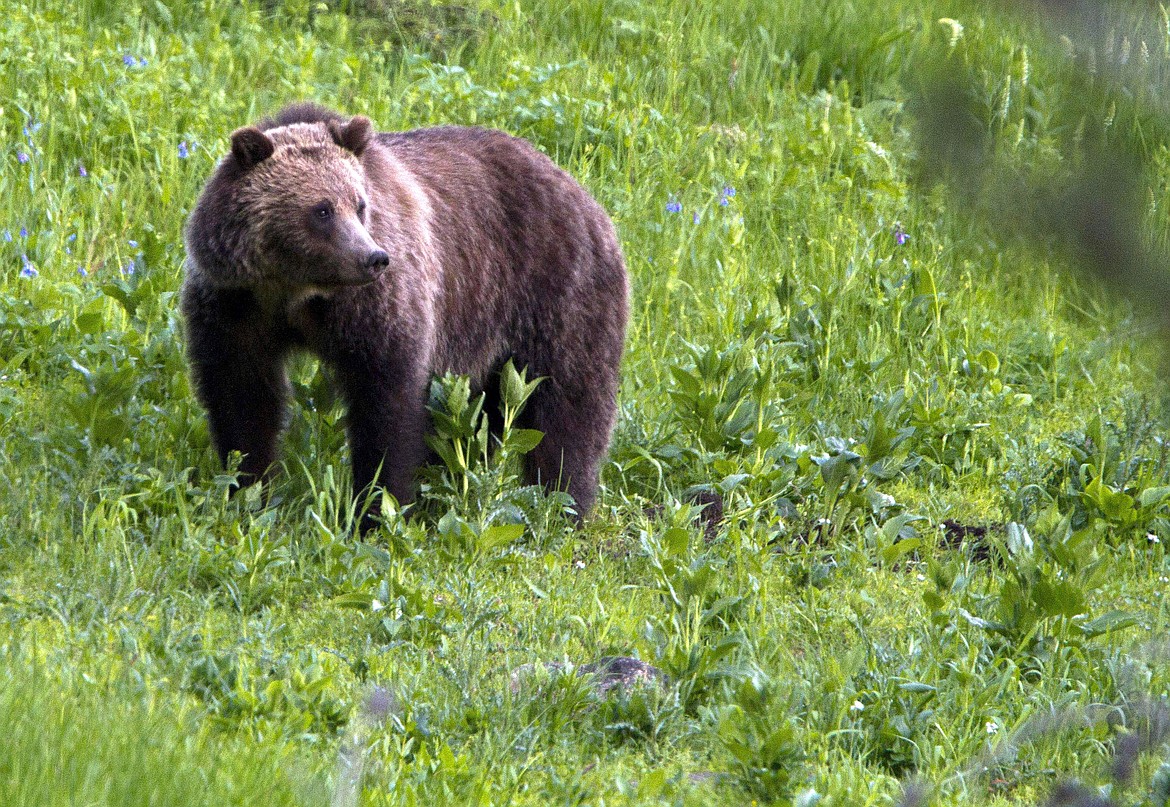Governor's grizzly bear council to meet in Polson next week
The Governor’s Grizzly Bear Advisory Council is meeting in Polson Jan. 14-15.
The advisory council, made up of 18 citizens from across Montana, will gather at 8 a.m. Tuesday, Jan. 14 and at 9:30 a.m. Wedneday, Jan. 15, at the KwaTaqnuk Resort in Polson.
The meetings are open to the public and opportunities for public engagement will be available both days. The public is also encouraged to provide input to council members online at fwp.mt.gov/gbac.
The public meeting in Polson will be the council’s fourth gathering. Additional meetings will be held across the state to provide more people the opportunity to interact with the council.
Over the last few months, the council has reviewed the history of grizzly bear recovery and conservation in Montana, interagency management efforts, legal considerations, and grizzly bear distribution. Presentations have focused on the current state of grizzly bear populations across the state and the core questions and considerations that wildlife managers and others face as these populations continue to expand in Montana, including into some areas that they have not occupied for decades.
Councilors have heard from Montana Fish, Wildlife & Parks management staff, as well as tribal and federal managers, who respond to conflicts and develop prevention measures. Non-profit organizations have also presented information on education and outreach efforts across the state.
At the upcoming meeting in Polson, the council with review transplant protocols, livestock loss compensation, the status of the Bitterroot ecosystem, and more.
Grizzly bears in Montana are native, iconic carnivores that have high value to people and cultures across the state and around the world and play important roles in Montana ecosystems and economies. At the same time, they can and do injure or kill people and livestock, and cause property damage and economic loss, which may disproportionately affect individuals living and working in bear country.
After 40 years of hard work by all Montanans, grizzly bear populations have reached and surpassed federal recovery goals in the Greater Yellowstone Ecosystem and Northern Continental Divide Ecosystem. The Cabinet-Yaak Ecosystem is below recovery goals with approximately 55-60 grizzly bears, and the Bitterroot Ecosystem does not currently have a resident population of grizzly bears.
In the Greater Yellowstone Ecosystem and Northern Continental Divide Ecosystem, densities of grizzly bears are increasing, and they are now expanding into areas where they haven’t been for decades, including connectivity areas between recovery zones.
These areas include a greater percentage of working private lands and places where the human population is expanding, creating a greater potential for conflicts. Existing management plans and agency communication built public expectations on where bears would occur and do not reflect recent changes to bear distribution.
Montana remains committed to maintaining the long-term viability of grizzly bears, consistent with FWP’s long history of wildlife conservation. The challenge is balancing conflicting values and addressing diverse needs, especially in newly-recolonized areas.
Federal protected status currently governs Montana’s ability to address distribution and abundance. However, many challenges would remain regardless of federal protections.
Montana Gov. Steve Bullock appointed the council and tasked the diverse group with producing a final report with discrete, actionable recommendations that provide clear and meaningful guidance to the Governor’s Office, the Fish and Wildlife Commission, and other entities with responsibility for grizzly bear management and conservation in Montana.
For more information on the council, visit fwp.mt.gov/gbac.

